artnet Asks: Gallerist Jeffrey Spahn on the Booming Market for Ceramics
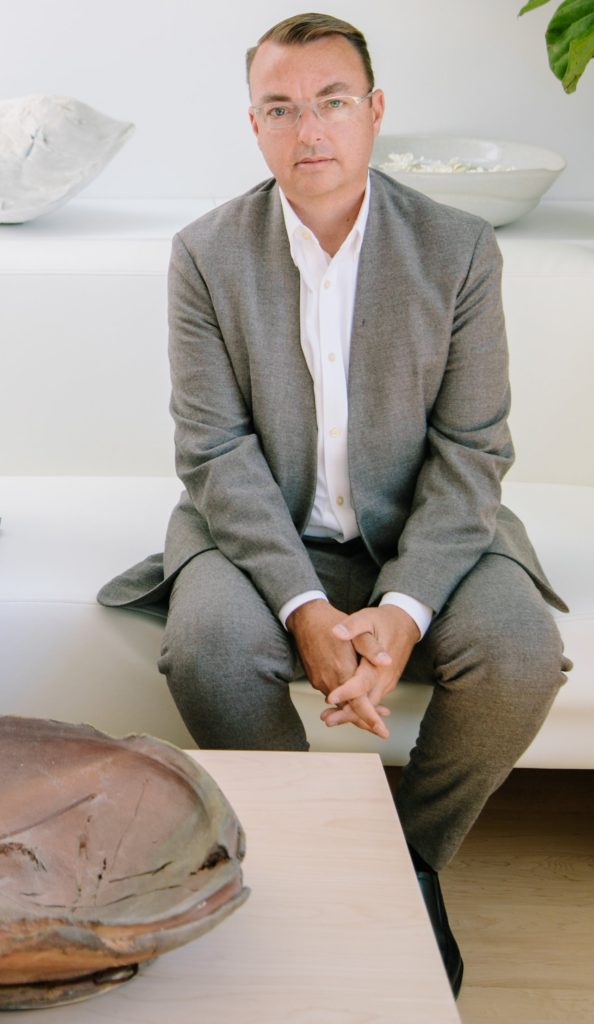

Artnet Gallery Network

Ceramics has often been something of a marginalized genre in the world of fine art. It’s under-represented in major museums and galleries, and ceramic artists rarely reap the same kind of financial and critical success as painters, photographers, or sculptors trafficking in more common materials.
Jeffrey Spahn, a secondary-market dealer who specializes in ceramic art and 20th-century sculpture in Berkeley, California, thinks that’s gradually changing. Spahn owns a sizable sculpture inventory, including works by artists Ruth Asawa, Isamu Noguchi, and Peter Voulkos, and also works as a consultant to collectors, galleries, and institutions, assisting with donations, deaccessions, appraisals, and, occasionally, taxes—a skill left over from his former life as an attorney.
artnet spoke with Spahn about the state of the ceramics market today, the highlights of his career, and how his previous experience as an attorney informs his work today.
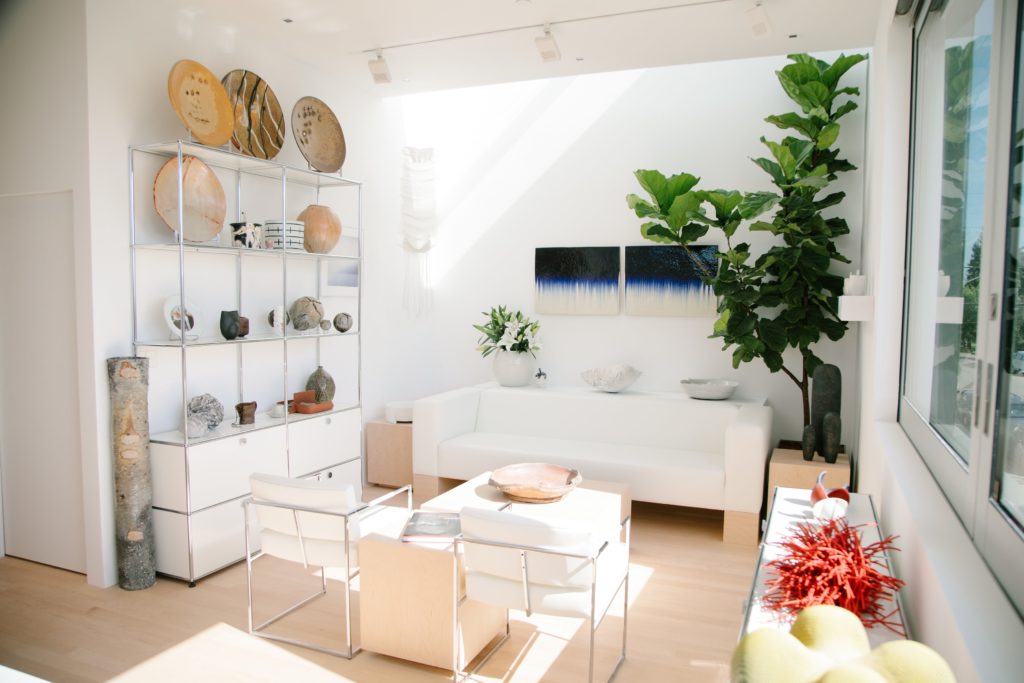
The home of Jeffrey Spahn. Photo by Elizabeth Burgi.
When did you open your first gallery and why did you make the switch from working as an attorney to becoming an art dealer? How has your background as an attorney informed your work in the art world?
I opened my gallery 16 years ago as one of the first online art galleries brokering 20th-century sculpture and fine art ceramics. As a resale art specialist, I combined my passion for art with my professional experience with estate planning. We often get consignments from children who inherit art collections or from individuals and museums who are downsizing. It’s very helpful to understand the tax implications and estate impacts when helping people sell their art collections. As an attorney, I was far less interested in people’s finances and way more interested in their art collections. I think my true passions have always been with 20th-century sculpture and studio ceramics.
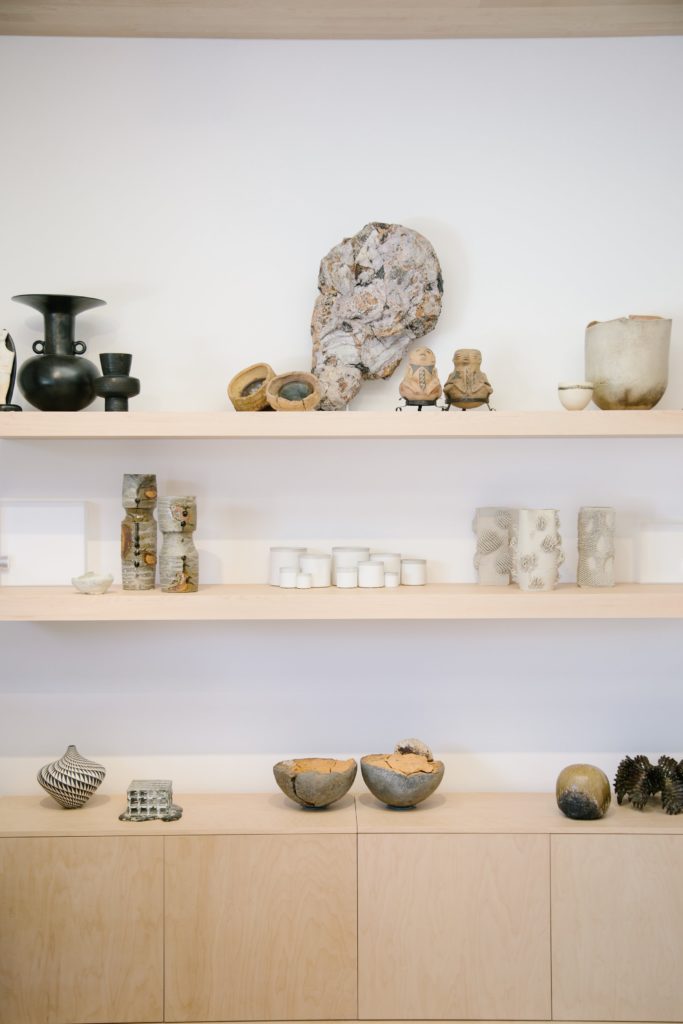
Top (L to R): Works by Magdalene Odundo, Hans Coper, Jennifer Lee and Richard Devore. Middle: Tokujin Yoshioka, MC Richards, and Ron Rael. Bottom: Dorothy Torivio, Peter Christian Johnson, Richard Carter, Toshiko Takaezu, and Ruth Asawa. Photo: Elizabeth Burgi.
Looking at the contemporary art landscape today, ceramic artists don’t often garner the same attention as, say, painters or photographers. Why do you think that is? What in your mind makes the field of ceramics so special?
In the past, ceramics was relegated to functional pottery. Today, clay is used for contemporary sculpture, installations, as well as functional pottery in contemporary design. Many collectors bought contemporary ceramics for the past 40 years and they are just now donating their ceramic collections to major fine art museums. Increased visibility, prices, and connoisseurship have elevated ceramics in the fine art world.
Collectors enjoy buying ceramics for many reasons, but we often hear from art collectors that their walls are full. Most collectors will purchase ten to twelve paintings in their lifetimes, but ceramics can be joined all over your home: inside, outside, tabletops, shelves, and even the wall. Adding contemporary ceramics to your collection can not only diversify your art, but add a lot more color, texture, and content.
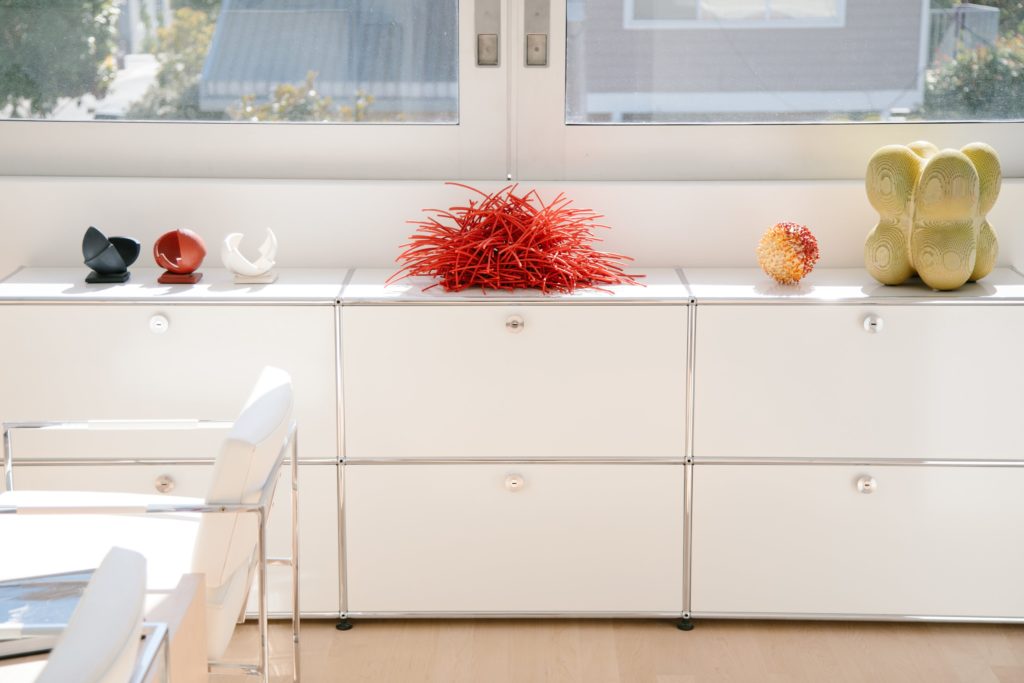
Works by (L to R) Anne Hirondelle, Bean Finneran, Akio Takamori, and Mary Allison Lucas. Photo by Elizabeth Burgi.
Last December, the $915,000 sale of Peter Voulkos’s work Rondena set a new record for 20th-century American ceramics at auction. Do you think the market for ceramics is growing?
Yes. My gallery has specialized in 20th-century ceramics from the very beginning, but recently we’ve seen a huge increase in sales, new clients, and prices. Young and old collectors are buying ceramics for various reasons. Younger collectors rarely distinguish art based on its medium. They collect photography, furniture, paintings, sculpture, and ceramics just because they’re cool. Older collectors are buying ceramics because of the investment potential. While some ceramics are reaching almost a million dollars, most are still very approachable in terms of their price points. If you buy wisely, ceramics can increase in value more than paintings. Not all ceramics are the same, but many of the blue-chip artists such as Peter Voulkos, Viola Frey, John Mason, Hans Coper, Lucie Rie, and Toshiko Takaezu hold tremendous financial potential.
We also sell masters of 20th-century sculpture and we are seeing similar increases for artists—particularly women artists—who are being rediscovered, such as Ruth Asawa and Louise Nevelson.
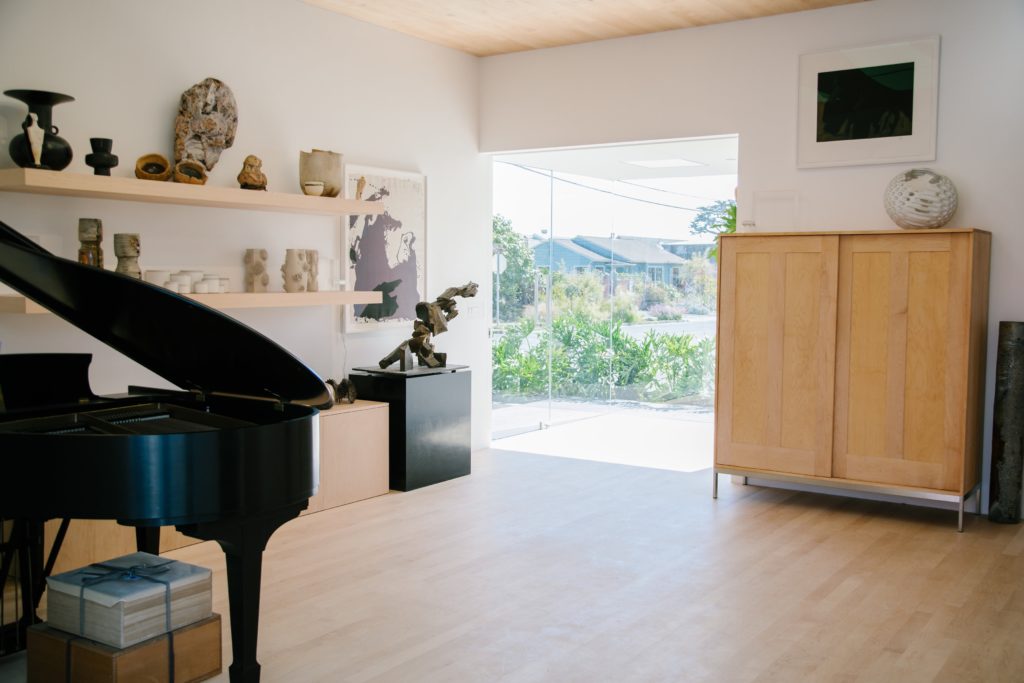
Various works on shelves include those by Hans Coper, Magdalene Odundo, Ewen Henderson, Ron Rael, Richard Devore, Jennifer Lee, and Peter Voulkos. Prints by Robert Motherwell. White sculpture on chest by Yasuko Sakurai Photo by Elizabeth Burgi.
Can you tell me about the gallery’s “Wishlist”?
The “Wishlist” is something we created years ago. It’s an online form where we ask all of our collectors to fill out their wishlist preferences. It tells us in advance which artists and which movements they’d like to buy, and gives collectors access to our inventory of more than 1,500 pieces.
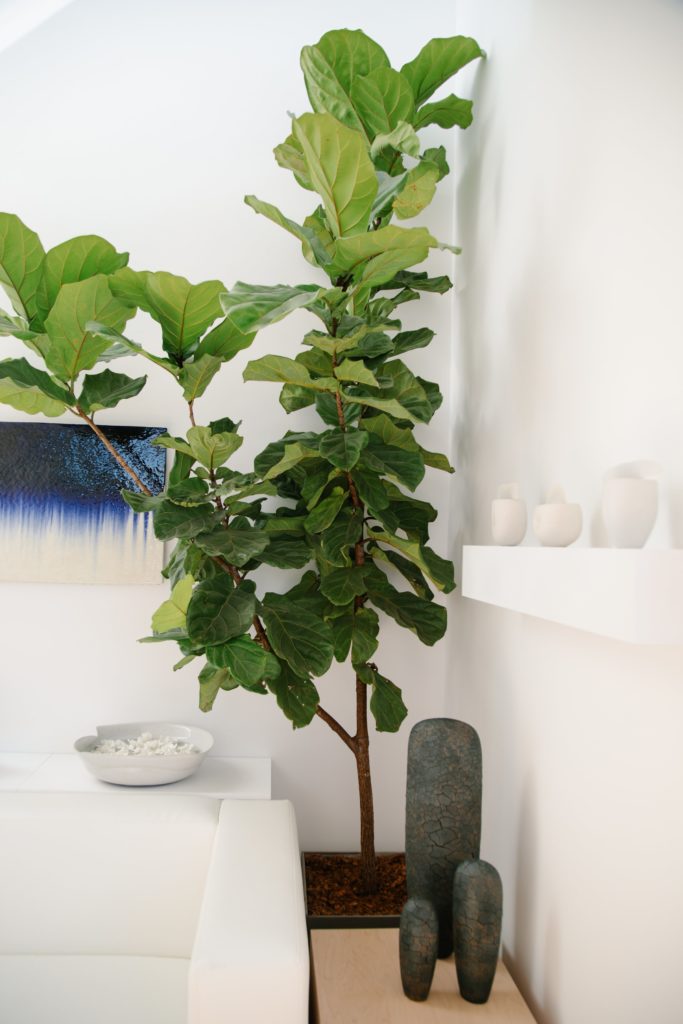
Wall plaques by Jun Kaneko, vase by Takehiko Kawai, three gray forms by Liza Riddle, and wall porcelain cups by Ruth Duckworth. Photo by Elizabeth Burgi.
What has been the highlight of your career so far? Who are some of your favorite artists that you’ve gotten to meet or work with?
Japanese artists are some of my favorites. Getting to know Ruth Asawa was a true highlight. I also enjoy writing about art and had the opportunity to write Toshiko Takaezu’s life history for her last book, which was an honor. I will be giving a lecture at the Berkeley Art Museum in May on another artist I enjoy, Kay Sekimachi. Perhaps the biggest highlight of my career was selling a major Isamu Noguchi stone sculpture.
Overall, I pinch myself sometimes because I created my dream job. I live with and work with art and artists every day. What could be better than that?
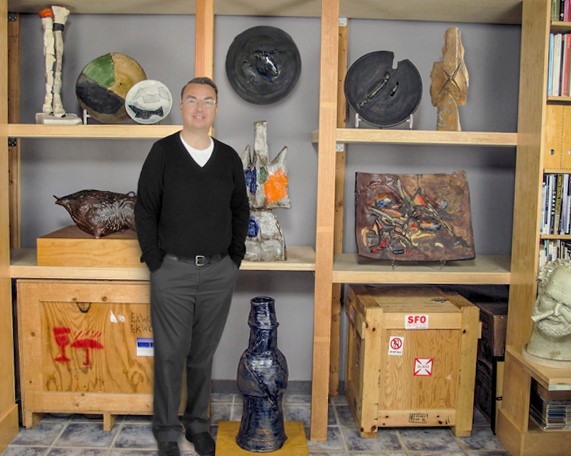
Jeffrey Spahn. Photo by Ethan Caflisch.
What words of wisdom would you give to someone who wants to open up a gallery or begin a career as an art dealer?
Sell what you love. I have a hard time selling work that I either don’t understand or don’t appreciate. When I respect a piece of art or an artist, it’s the easiest thing in the world to sell. I carved a small niche in the art market, 20th-century sculpture and contemporary ceramics. The more you specialize, the more success you will have. The world is too complex and too diverse to try to do everything. If you find tune your focus, collectors will find you.
